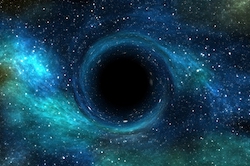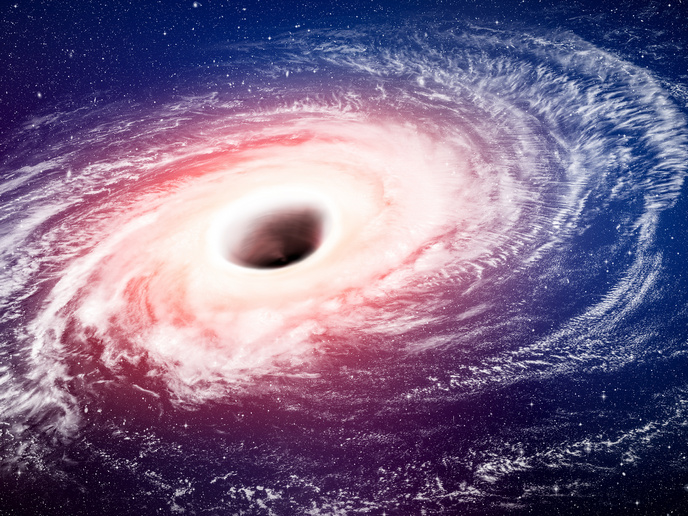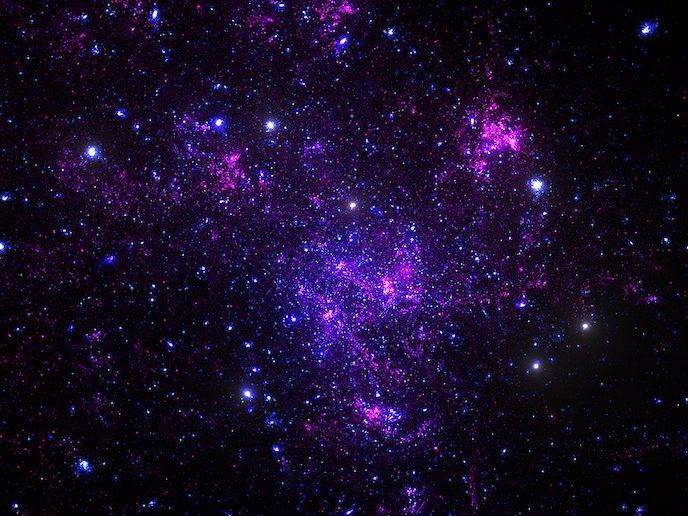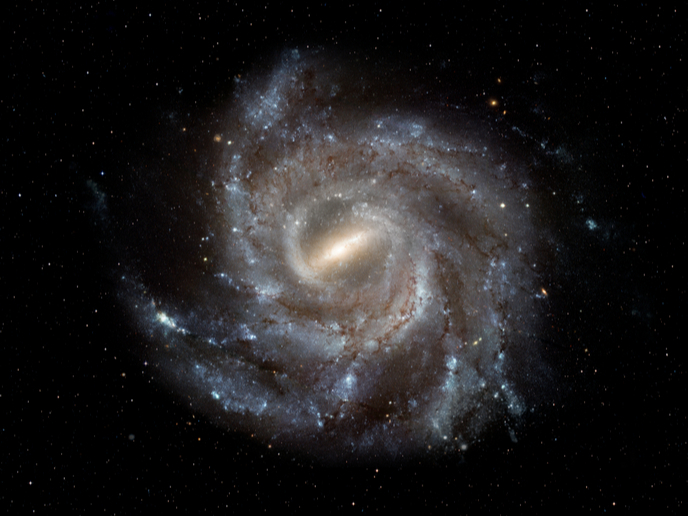Updating the dynamical paradigm for galactic globular clusters
Globular clusters are collections of stars orbiting a galactic nucleus. They are traditionally considered to be simple, spherical, non-rotating and thermodynamically relaxed systems. This means the orbits of their member stars do not have a preferred orientation. For decades they have been held up as an exemplar of a so-called ‘single stellar population’: where stars are born together and share a simple formation history. However, recently this traditional picture of globular clusters has been challenged by a series of discoveries about their chemical, structural, and kinematic properties. Multiple stellar populations are now considered ubiquitous. The EU-funded NESSY project, has contributed to this formulation of a more realistic dynamical paradigm for this class of stellar systems. It did so by combining analytical models and numerical simulations, alongside new-generation astronomical data. NESSY addressed three problems facing modern astrophysics: the role of internal angular momentum and external tides on the dynamical evolution of dense stellar systems, the formation of stellar populations which are among the oldest in the universe, and the possible existence of intermediate-mass black holes. The new-generation of astronomical data Gaia, the European space observatory, is now measuring the positions and the velocities of thousands of stars in globular clusters of our Milky Way, with unprecedented accuracy. This new generation of data, coupled with measurements by the Hubble Space Telescope and other state-of- the-art astronomical facilities, enable theorists to explore, for the first time, the full ‘phase space’ of star clusters by studying both the position and velocity of their stars. As NESSY researcher, and recipient of a Marie Skłodowska-Curie Individual Fellowship, Dr Anna Lisa Varri says, ‘These compact groups of stars truly are the pocket Swiss Army Knives of astrophysics, as they have been used for countless purposes, over many decades. Yet, the study of the motions of their stars is still trapped within a narrow range of simplifying assumptions. And world-class astronomical facilities are now unleashing a flood of data on such objects, which current theory can not match.’ Among its contributions, the team has helped develop a new understanding of the role of kinematic complexity, in the form of internal rotation and velocity anisotropy (different properties, in different directions), in the long-term dynamical evolution of collisional systems such as globular clusters. NESSY also contributed to the development of a dynamical model of Galactic cluster 47 Tucanae, which describes its rich structure in velocity space. This reveals an unexpected degree of internal rotation. The role of angular momentum is one aspect that can clarify the internal dynamics of collisional systems, such as globular clusters. As Dr Varri points out, despite a dearth of research into the phenomena, ‘An increasing number of young and old star clusters are now being observed to have evidence of rotation. Indeed, it is possible that the presence of some angular momentum may actually accelerate the dynamical evolution of such systems.’ Taking the research into a new era for astrophysics NESSY’s work will be advanced through collaboration with Edinburgh University’s School of Mathematics, to further investigate the role of kinematic complexity, looking at equilibrium, stability, and the evolutionary properties of dense, rotating stellar systems. It is hoped this will enrich our understanding of globular star clusters and galactic nuclei. As Dr Varri explains, ‘Stemming from this, I will continue to study the implications of kinematic complexity on two outstanding puzzles in my field: the dynamical dimension of the multiple population phenomenon and the formation of intermediate-mass and stellar-mass black holes.’ In fact, the presence of internal rotation may significantly affect the size of the parameter space in which the collisional processes that lead to the formation of black holes in clusters can take place, as well as their outcome. Thanks to NESSY’s study into kinematic complexity, researchers can now investigate the implications of these additional degrees of freedom for the formation and retention of black holes in dense stellar systems. As Dr Varri says, ‘This topic is particularly timely given that, thanks to the LIGO interferometer, there is now a new astrophysical window to explore black hole physics, such as gravitational waves.’
Keywords
Stellar, astrophysics, observatory, galaxy, globular clusters, kinematic properties, black holes, stars, astronomy, kinematic







